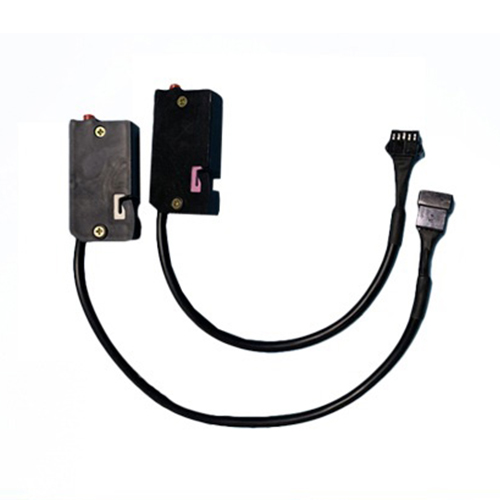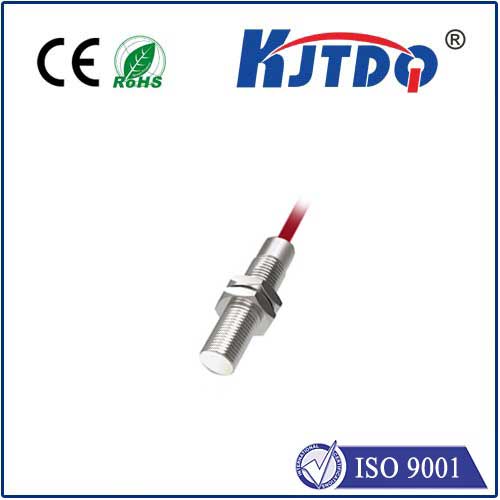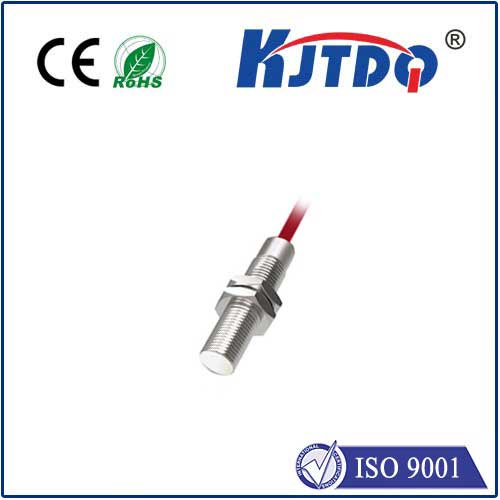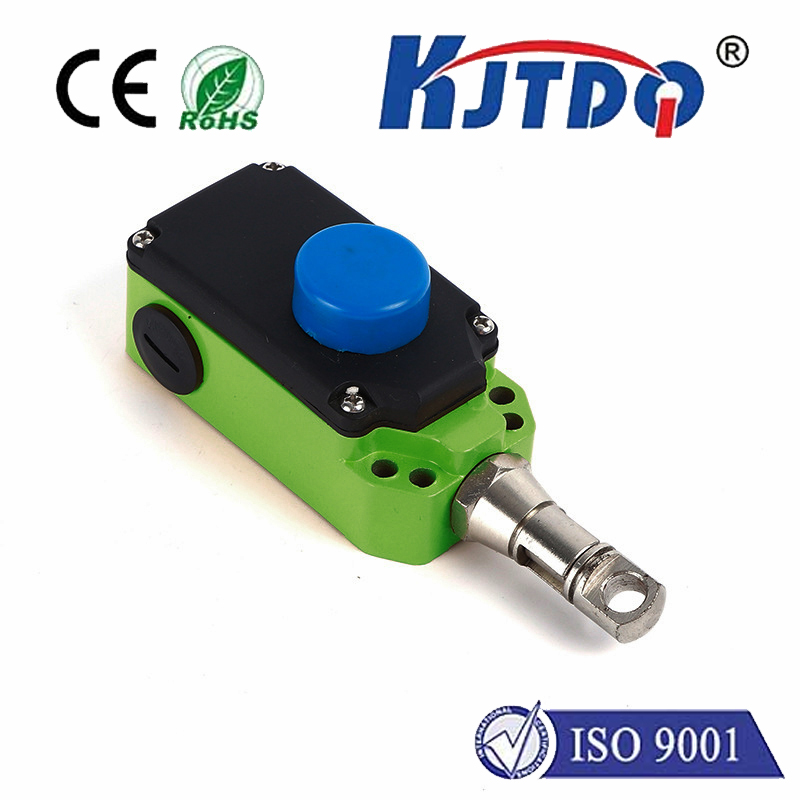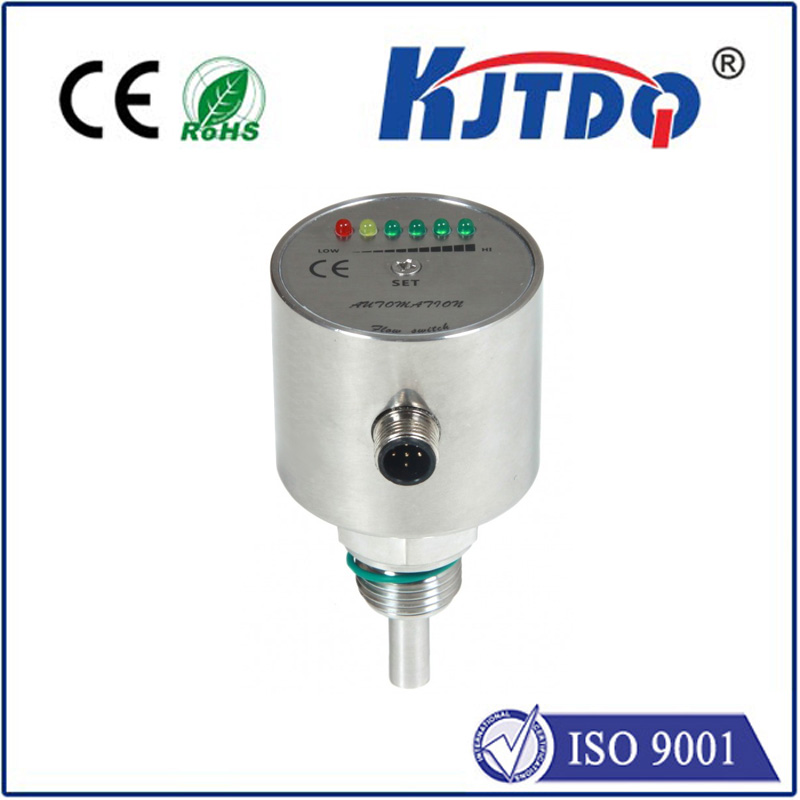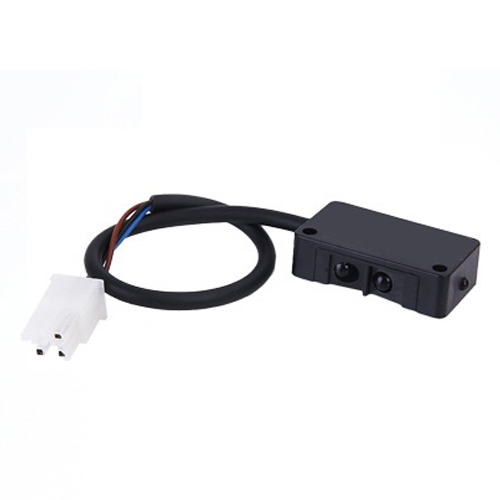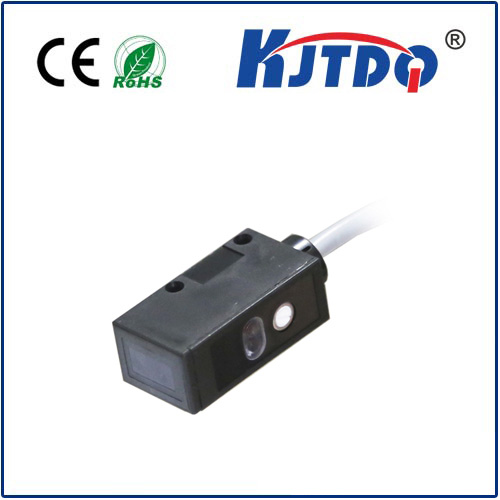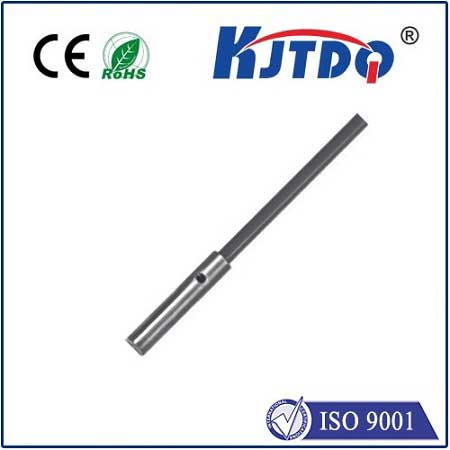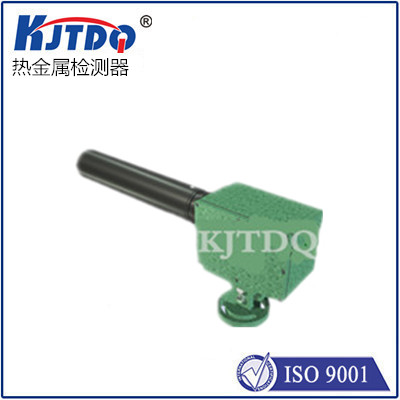

check

check

check

check
The Westlock proximity switch is a critical component in many automation systems, particularly in industrial processes that require precise control and monitoring. While its function may seem straightforward, understanding the intricacies of how this device operates and how it integrates into your system can significantly enhance its efficiency, reliability, and safety. In this article, we'll delve into the role of the Westlock proximity switch, exploring its features, benefits, and best practices for integration into your industrial automation system.
Part I: Westlock Proximity Switch Overview
1.1 Definition and Function
A proximity switch is a mechanical or electronic device used to detect the presence or absence of an object or person. In industrial automation systems, proximity switches are typically used to control the activation or deactivation of equipment or machinery based on the proximity of a user or other external signal. The Westlock proximity switch is designed to provide reliable and accurate detection of objects within specific operating parameters.
1.2 Types of Westlock Proximity Switches
There are two primary types of Westlock proximity switches: magnetic and optical. Magnetic proximity switches use a magnetic field to detect the presence of an object, while optical proximity switches rely on light-based detection technology. Both types offer different advantages and disadvantages depending on the specific application and requirements of your automation system.
1.3 Operating Principle and Features
The operation of a Westlock proximity switch involves the use of sensors that trigger an internal response when an object comes into contact with the sensor surface. The sensor can be designed to detect both magnetic and optical signals, making it versatile enough to adapt to various industrial applications. Some key features of Westlock proximity switches include high sensitivity, fast response times, and easy installation and maintenance.
Part II: Benefits of Using Westlock Proximity Switches in Automation Systems
2.1 Improved Efficiency and Productivity
By automating tasks that rely on manual intervention, such as equipment startup and shutdown, you can significantly increase efficiency and productivity in your industrial process. A Westlock proximity switch can help ensure that equipment is only operated when necessary, reducing downtime and maintenance costs.
2.2 Enhanced Safety Measures
Westlock proximity switches can also play an important role in improving workplace safety by preventing accidental activation of equipment during maintenance procedures or when workers are nearby. By detecting the presence of users or other external signals, these switches can automatically deactivate machinery or equipment, minimizing the risk of injury or damage.
2.3 Scalability and Flexibility
The versatility of Westlock proximity switches makes them suitable for a wide range of industrial applications, from simple assembly lines to complex manufacturing facilities. With multiple models available, you can choose the right proximity switch for your needs, ensuring optimal performance and compatibility with your automation system.
Part III: Best Practices for Integration of Westlock Proximity Switches into Your Automation System
3.1 Choosing the Right Type of Proximity Switch for Your Application
To ensure optimal performance and compatibility with your automation system, it's important to choose the right type of Westlock proximity switch (magnetic or optical). Consider factors such as operating distance, detection accuracy, and environmental conditions when selecting the appropriate model for your needs.
3.2 Proper Installation and Maintenance
Proper installation and regular maintenance are crucial for ensuring reliable operation and longevity of your Westlock proximity switches. Follow manufacturer guidelines for installation and regularly check sensors and wiring for signs of wear or damage. Additionally, consider implementing preventive measures such as cleaning sensors regularly to prevent interference or false triggers.
